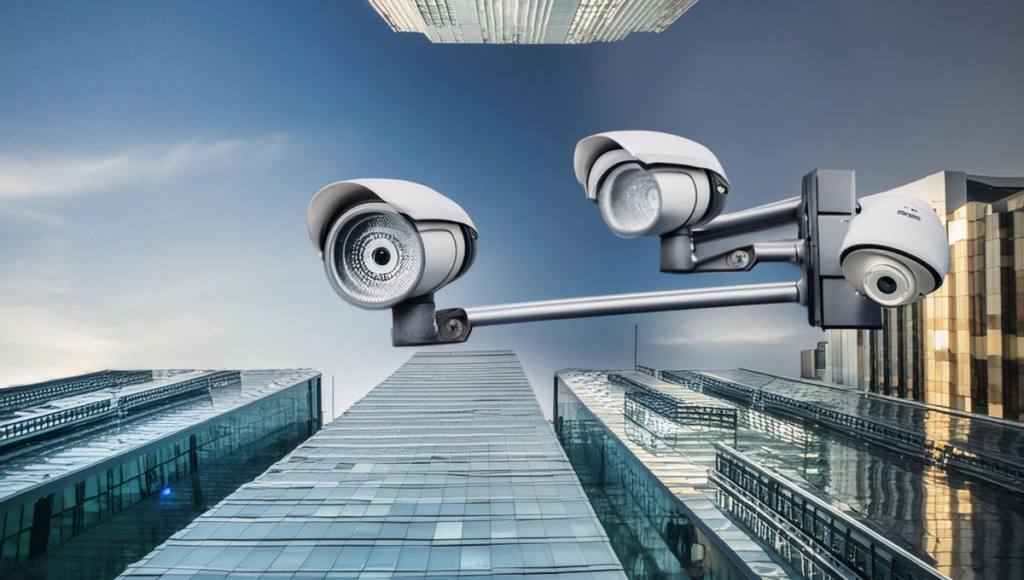Large commercial buildings generate massive data from various systems, including HVAC, lighting, security, and occupancy sensors. This data can be harnessed to optimize building performance, enhance occupant comfort, and reduce energy consumption. However, the collection and use of this data raise significant privacy concerns.
The Privacy Challenge
The data generated by building systems can reveal sensitive information about occupants, such as their movements, habits, and preferences. This data could be used to track individuals, discriminate against them, or even put them at risk. Therefore, it is crucial to balance data collection and individual privacy.
Finding the Balance
Several strategies can be employed to achieve this balance:
- Data Minimization: Collect only the data that is necessary for the intended purpose. Avoid collecting personally identifiable information (PII) whenever possible.
- Anonymization and Aggregation: Anonymize or aggregate data to remove any personally identifiable information. This makes it difficult to link data back to specific individuals.
- Transparency: Be transparent about what data is being collected, how it is being used, and who has access to it. This can help build trust with occupants and ensure they understand how their data is being handled.
- Consent: Obtain consent from occupants before collecting or using their data. This gives them control over their personal information and ensures that they are comfortable with how it is being used.
- Security: Implement robust security measures to protect data from unauthorized access, use, or disclosure. This includes encryption, access controls, and regular security audits.
- Data Retention: Establish data retention policies to ensure that data is not kept longer than necessary. This helps minimize the risk of data breaches and misuse.
The Role of Technology
Technology can be crucial in balancing data privacy and functionality in large commercial buildings. For example, edge computing can be used to process data locally, reducing the need to transmit sensitive information to the cloud. Differential privacy can be employed to add noise to data sets, making it difficult to identify individuals while still allowing for meaningful analysis.
Benefits of Balancing Privacy and Functionality
By striking a balance between data privacy and functionality, building owners and operators can reap several benefits:
- Enhanced Occupant Trust: Building occupants are more likely to trust a building that respects their privacy. This can lead to increased satisfaction, productivity, and well-being.
- Improved Building Performance: Data-driven insights can be used to optimize building performance, reduce energy consumption, and improve occupant comfort.
- Regulatory Compliance: Many jurisdictions have data privacy laws that require organizations to protect personal information. Balancing privacy and functionality can help ensure compliance with these laws.
The Future of Data Privacy in Smart Buildings
As smart building technology continues to evolve, the issue of data privacy will become increasingly important. Building owners and operators will need to stay abreast of the latest privacy regulations and technologies to ensure they are protecting the personal information of their occupants.
Our sponsor Control Solutions introduces ValuPoint read more



